Big bone soup, a timeless comfort food celebrated across cultures, is revered for its rich flavor, nourishing qualities, and simplicity. Whether you’re a seasoned home cook or a novice in the kitchen, mastering the art of preparing this hearty dish requires minimal effort but yields maximum satisfaction. This guide will walk you through every step, from selecting the finest ingredients to serving a steaming bowl of golden, aromatic broth. By the end, you’ll possess the knowledge to create a soup that’s both deeply satisfying and adaptable to your taste preferences.
The Allure of Big Bone Soup
Big bone soup’s appeal lies in its humility. Unlike complex recipes demanding precision, this dish thrives on patience and a handful of quality ingredients. The slow simmering process transforms humble bones, vegetables, and herbs into a velvety elixir packed with collagen, minerals, and umami. It’s a blank canvas for creativity—adjust the seasonings, swap proteins, or add noodles, rice, or greens to suit your mood. Best of all, it’s cost-effective, making the most of inexpensive cuts like beef marrow bones or pork neck bones.
Selecting the Perfect Ingredients
The foundation of exceptional big bone soup begins with choosing the right components.
Bones: The Star Ingredient
- Type: Opt for meaty bones with visible marrow, such as beef shank bones, oxtail, or pork knuckles. These impart depth and richness. For a lighter broth, chicken carcasses or turkey bones work wonders.
- Quality: Source bones from a trusted butcher or grocery store. Fresh bones should have a neutral scent and pinkish hue. Avoid those with a strong gamey odor or grayish discoloration.
- Quantity: Aim for 2–3 pounds of bones per 4–6 servings. Adjust based on your pot size and desired intensity.
Aromatics and Vegetables
- Onions, Carrots, and Celery (Mirepoix): These form the flavor base. Use 1 onion, 2 carrots, and 2 celery stalks, roughly chopped.
- Garlic: A whole head, halved horizontally, adds subtle sweetness.
- Herbs: Fresh parsley, thyme, and bay leaves enhance complexity. A teaspoon of black peppercorns and a few cloves are optional but recommended.
Liquid
- Water: Use cold, filtered water to cover the bones completely. Avoid salt until the end to prevent toughening the meat.
Optional Enhancements
- Acid: A tablespoon of apple cider vinegar or lemon juice helps extract minerals from the bones.
- Tomato Paste: A spoonful adds umami and color.
- Miso Paste: For a fermented twist, whisk in 1–2 tablespoons at the end.
Preparation: Cleaning and Priming the Bones
A crucial yet often overlooked step is preparing the bones to ensure a clear, flavorful broth.
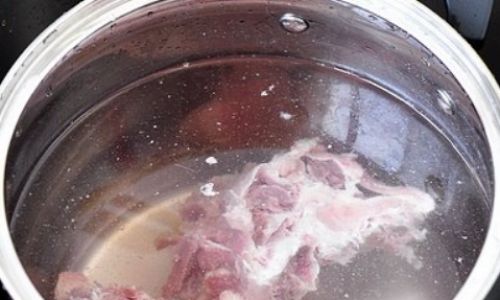
-
Rinse and Soak:
Place the bones in a large bowl and cover with cold water. Let them soak for 30–60 minutes to drain excess blood, which can cloud the broth. Change the water once if needed. -
Blanching (Optional but Recommended):
- Fill a stockpot with cold water, add the bones, and bring to a boil over high heat.
- As soon as it boils, drain the bones and rinse them under cold water. This removes impurities and reduces scum.
-
Roasting for Depth (For Richer Flavor):
- Preheat the oven to 400°F (200°C).
- Roast the blanched bones on a baking sheet for 30–40 minutes until golden. This caramelization intensifies the broth’s taste.
- Skip this step for a quicker, lighter version.
Cooking Techniques: Slow and Steady Wins the Race
The magic of big bone soup happens during the simmer. Follow these steps for perfection:
-
Sauté Aromatics:
In the same pot used for blanching, heat a tablespoon of olive oil over medium heat. Add the mirepoix and garlic, sautéing until softened (5–7 minutes). This layer of flavor is non-negotiable. -
Combine Ingredients:
Return the bones to the pot. Add herbs, peppercorns, and enough cold water to submerge everything by 2 inches.
-
Bring to a Simmer:
- Gradually increase the heat until the liquid reaches a gentle simmer—not a rolling boil.
- Skim off any foam that rises to the surface using a spoon. This ensures a crystal-clear broth.
-
Low and Slow Cooking:
- Maintain the simmer for 4–6 hours (or up to 12 hours for a slow cooker). The longer it cooks, the more gelatin and nutrients are extracted.
- Check periodically to skim residual foam and adjust heat if needed.
-
Add Vegetables Strategically:
For vibrant color and texture, add carrots and celery during the last hour of cooking. Overcooking them turns them mushy.
Flavor Enhancement: Elevating the Basics
While the soup is inherently delicious, these tricks will elevate it to gourmet status:
- Umami Boost: Stir in a tablespoon of tomato paste or miso during the final 30 minutes.
- Herb Infusion: Tie parsley, thyme, and a bay leaf into a bundle (bouquet garni) for easy removal later.
- Aromatic Finishes: Add a Parmesan rind or a strip of kombu (dried seaweed) during simmering for subtle complexity.
- Acid Balance: A splash of vinegar or lemon juice at the end brightens the broth.
Serving Suggestions: From Bowl to Feast
Big bone soup is a chameleon—it adapts to any meal.
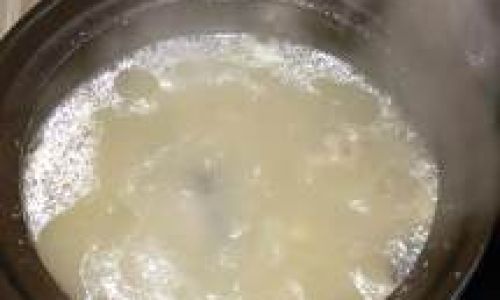
- Classic Presentation: Serve hot with crusty bread, a sprinkle of fresh parsley, and a drizzle of olive oil.
- Noodle Soup: Add cooked rice noodles, udon, or ramen to the broth for a hearty meal.
- Rice Companion: Pour the broth over steamed jasmine rice and top with a soft-boiled egg.
- Dipping Sauce Base: Reduce the cooled broth to a syrupy consistency and mix with soy sauce for a dip.
Storage and Leftovers: Plan Ahead
- Refrigeration: Cool the soup completely, then store in airtight containers for up to 5 days. The fat will solidify on top—keep it for added flavor or remove it for a lighter broth.
- Freezing: Portion into freezer-safe bags or containers for up to 3 months. Thaw overnight in the fridge.
- Repurposing: Use leftover broth as a base for sauces, stews, or gravies.
Common Pitfalls and How to Avoid Them
-
Cloudy Broth:
- Cause: Boiling too vigorously or not skimming enough.
- Fix: Maintain a gentle simmer and skim religiously.
-
Bland Flavor:
- Cause: Underseasoning or insufficient simmering.
- Fix: Taste and adjust salt at the end. Simmer longer next time.
-
Tough Meat:
- Cause: Adding salt too early or overcooking.
- Fix: Salt the broth 30 minutes before finishing. Remove meat once tender.
Cultural Variations: Explore Global Flavors
Big bone soup transcends borders. Experiment with these regional twists:
- Asian-Inspired: Add ginger, star anise, and fish sauce. Garnish with cilantro and chili oil.
- Mexican-Style: Include corn, hominy, and smoked paprika. Serve with lime wedges and avocado.
- Italian Stracciatella: Whisk beaten eggs and Parmesan into hot broth for a silky finish.
The Verdict: Why Big Bone Soup Deserves a Spot in Your Rotation
In an era of fast-paced living, big bone soup offers a grounding ritual. It’s a testament to the beauty of slow cooking—transforming humble ingredients into liquid gold. Whether you’re nursing a cold, hosting a dinner party, or craving a taste of nostalgia, this soup delivers. With minimal effort and maximum flexibility, it’s a dish that rewards patience and invites creativity.
So, gather your ingredients, set aside an afternoon, and let the simmering begin. Your future self—and your lucky dinner guests—will thank you.

Final Tip: Don’t discard the cooked bones! Crack them open to scoop out the marrow—a decadent treat spread on toast or mixed into the broth. After all, waste is the enemy of a good cook.
This guide ensures your big bone soup journey is seamless, delicious, and utterly unforgettable. Bon appétit!
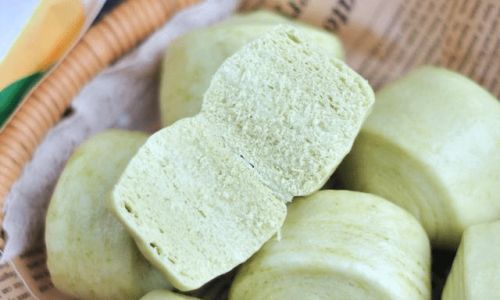
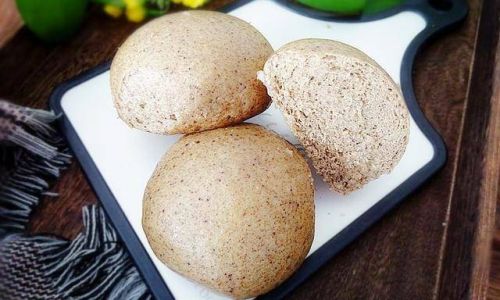


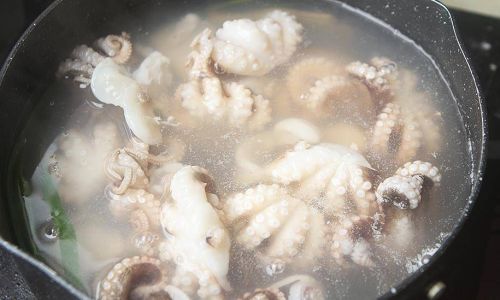

0 comments